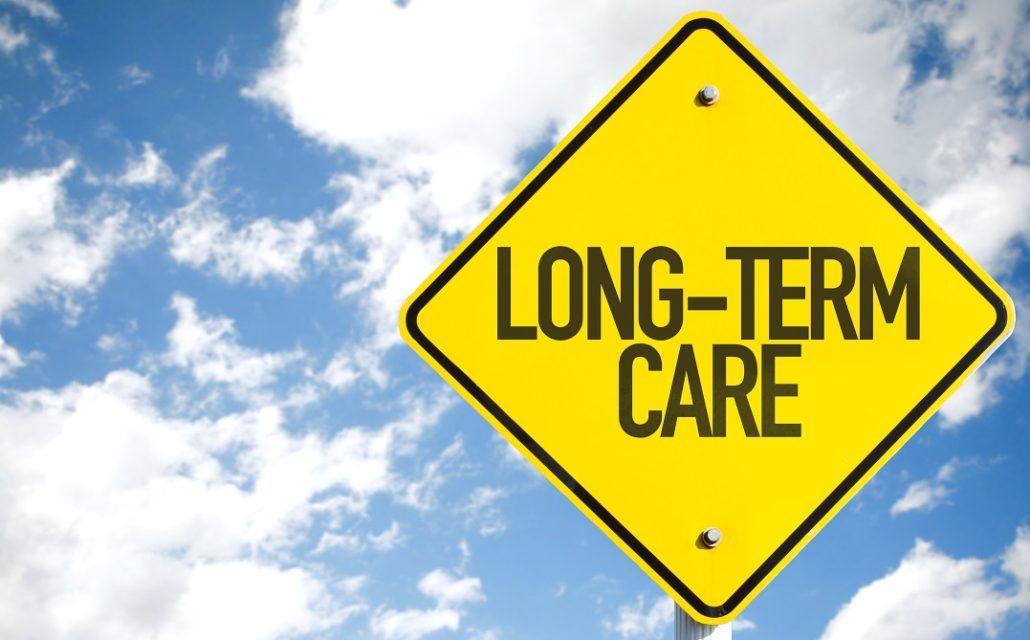Yesterday, the California Senate passed a bill to create a state-wide, single-payer health care system. (here) The bill now moves on to the state Assembly for consideration. The cost estimate for a single-payer system in California is at least $400 billion per year. No funding mechanism is included in the Senate bill.
Vermont and Colorado considered a state single-payer system. After much enthusiasm, Vermont officials pulled the plug on the legislation when it became clear that the cost would be prohibitive. (here) The state budget is in the $5.7 billion range per year. A single-payer system would have required an additional $2 billion (a 35 percent increase) in addition to multiple federal waivers. Even hard-core supporters such as the governor realized Vermont couldn’t afford the plan.
Colorado voters recently rejected a single-payer system, again because of the extremely high cost and the impact on the vast majority of people in the state who already had health insurance.
Support continues for a single-payer system both nationally and in Washington state. Bills have been dropped in the last few legislative sessions in Olympia. The most recent bill did not make it out of committee. (here) Nationally, former presidential candidate Senator Bernie Sanders and many on the left continue to push for a single-payer health care system in spite of the devastating drag it would have on the U.S. economy. (here)
As the debate over health care reform rages on, more Americans are considering adoption of a single-payer health care system. The Affordable Care Act (ACA), also known as Obamacare, is a highly complex law and has made our current health care delivery system more confusing. A single-payer system is attractive to many people because of its perceived simplicity – the U.S. government would provide direct health services to all Americans.
Canada has had a single-payer system for over 30 years and its experience is revealing. Canadians are proud of the fact that every citizen has health insurance. From a cultural standpoint, the principle of universal coverage is a priority for the country. It also makes it easier for the citizens to overlook the problems within the system.
The demand for health care far outweighs the supply of care. Long wait times in Canada are not in the patient’s best interest and would not be acceptable for the vast majority of Americans. Health care rationing through waiting-lists is effective when supply is overwhelmed by demand. The question is whether government bureaucrats should have the authority to pick and chose what procedures patients receive and who should actually receive those treatments, while others are forced to wait for care.
A single-payer system discourages innovation. There is virtually no money in the system to encourage investment in new life-saving medicines and medical devices. Lack of innovation guarantees that no new treatments will be discovered, with no improvement in quality of life or life expectancy.
Under a single-payer system, health care spending must compete with all other government activity for funding. This makes health care very political and subject to change with every new budget. It also forces each health care sector, for example hospitals and doctors, to compete with each other for limited money.
Fundamentally, a single-payer system centralizes all health care with the government. Bureaucrats, not patients and their providers, get to make life and death decisions about the kind and amount of health care people receive.
A single-payer system sounds simple and egalitarian, but the reality is very different.





